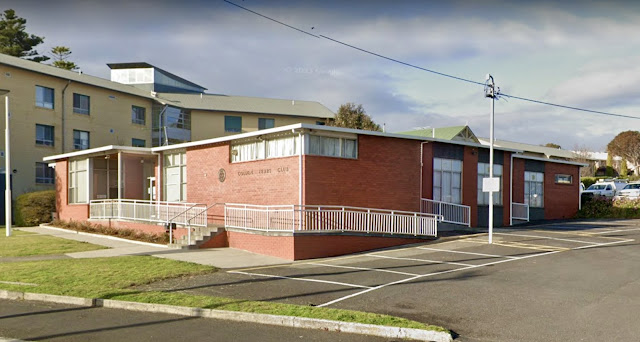No. 1405 - Hobart - Collins Street Christians' Chapel (1886)
.jpg)
The former ‘Christians’ Chapel’ on Collins Street was the third place of worship established by the Church of Christ in Hobart. It replaced a chapel built at Lower Harrington Street in 1881. [ See No. 1401 ] The first members of the Church of Christ arrived in Tasmania in 1865 and soon after established a ‘Meeting House’ at Northdown near Latrobe. In the 1870s churches were set up in Launceston and Hobart. Initially the group identified themselves as the ‘Christians’. After 1885 they were known as the 'Disciples of Christ' and from 1915 as the 'Churches of Christ'. A church was established at Hobart in 1872 by Oliver Carr who began preaching in the old Particular Baptist Chapel on Harrington Street. Services then moved to the Oddfellows Hall and the People’s Hall on Bathurst Street. In July 1872 the former “School of Arts” building on Collins Street was acquired and the group worshipped there for the next 9 years*. A prominent member of the congregation was John Bradle...












